Kitchen drawer slide selection
karinl
14 years ago
Related Stories
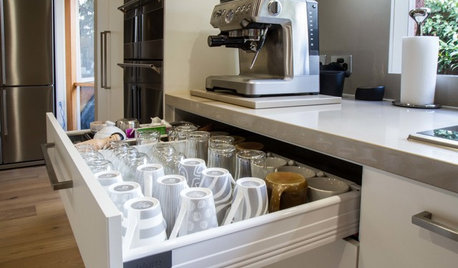
KITCHEN STORAGEPulling Power: Clever Drawer Tactics for a Kitchen
It’s not how many drawers you have in your kitchen; it’s how they work for you
Full Story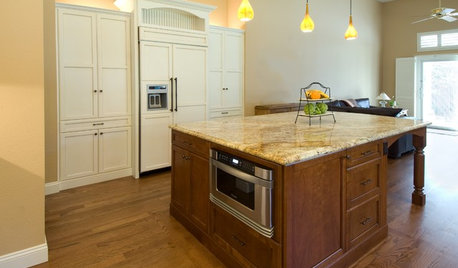
KITCHEN DESIGNDiscover the Pull of Microwave Drawers
More accessible, less noticeable and highly space efficient, microwave drawers are a welcome newcomer in kitchen appliances
Full Story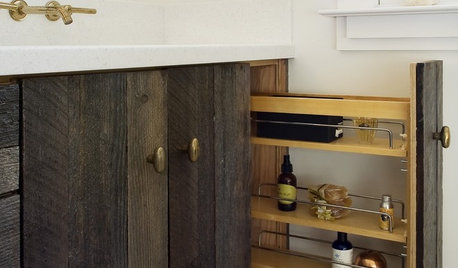
KITCHEN DESIGNKitchen Storage Solutions Hide and Keep
Rollout drawers, pullout cabinets and slide-in doors are just a few of the options for keeping kitchen items out of sight but close at hand
Full Story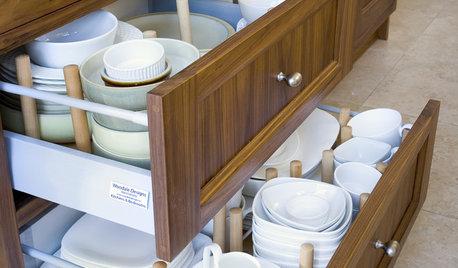
KITCHEN DESIGNIdea of the Week: Customizable Dish Drawer
Tuck dishes safely away in a DIY kitchen-drawer organizer
Full Story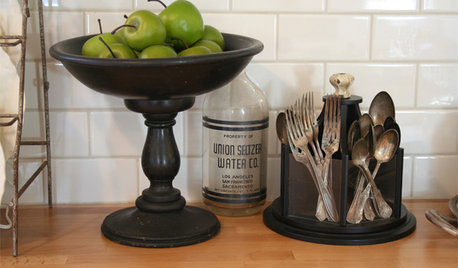
KITCHEN DESIGNGet Organized: Rethink the Silverware Drawer
Keep your knives and forks clean and organized with two easy storage ideas
Full Story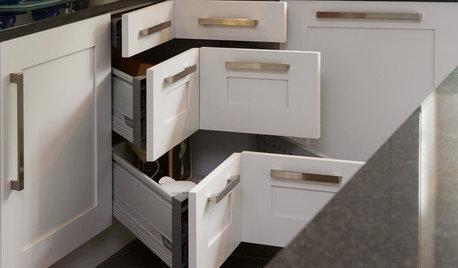
KITCHEN STORAGE8 Cabinet Door and Drawer Types for an Exceptional Kitchen
Pick a pocket or flip for hydraulic. These alternatives to standard swing-out cabinet doors offer more personalized functionality
Full Story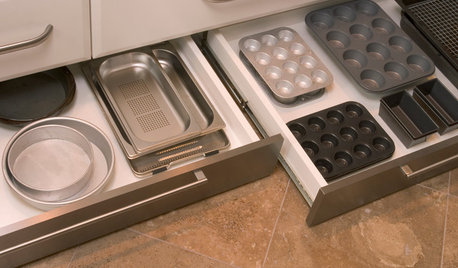
GREAT HOME PROJECTSHow to Add Toe Kick Drawers for More Storage
Great project: Install low-lying drawers in your kitchen or bath to hold step stools, pet bowls, linens and more
Full Story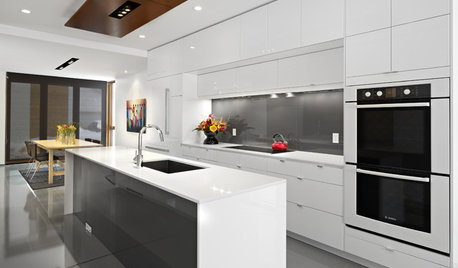
KITCHEN APPLIANCESFind the Right Oven Arrangement for Your Kitchen
Have all the options for ovens, with or without cooktops and drawers, left you steamed? This guide will help you simmer down
Full Story
KITCHEN DESIGNEmbrace a Hot Trend With a Kitchen Warming Drawer
Serve food at just the right temperature with this increasingly popular appliance, coordinated to match your kitchen's style
Full Story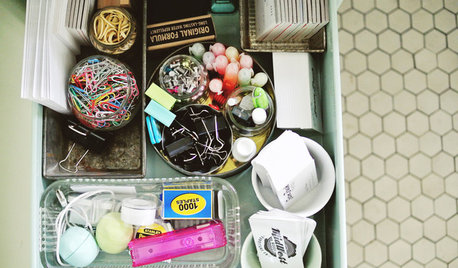
MOST POPULAR8 Ways to Get a Handle on the Junk Drawer
Don’t sweat the small stuff — give it a few drawers of its own, sorted by type or task
Full Story








bobismyuncle
User
Related Professionals
Land O Lakes Cabinets & Cabinetry · Laguna Niguel Carpenters · Tonawanda Carpenters · Ashburn Flooring Contractors · Banning Flooring Contractors · Franklin Square Flooring Contractors · Mount Vernon Flooring Contractors · Panama City Beach Flooring Contractors · Pearland Flooring Contractors · Plymouth Flooring Contractors · Seabrook Flooring Contractors · Tigard Flooring Contractors · Indianapolis Furniture & Accessories · Lebanon Furniture & Accessories · Dumont Furniture & AccessorieskarinlOriginal Author
bobismyuncle
bobismyuncle
karinlOriginal Author
Jon1270
bobismyuncle
karinlOriginal Author
sombreuil_mongrel
karinlOriginal Author
sombreuil_mongrel
karinlOriginal Author